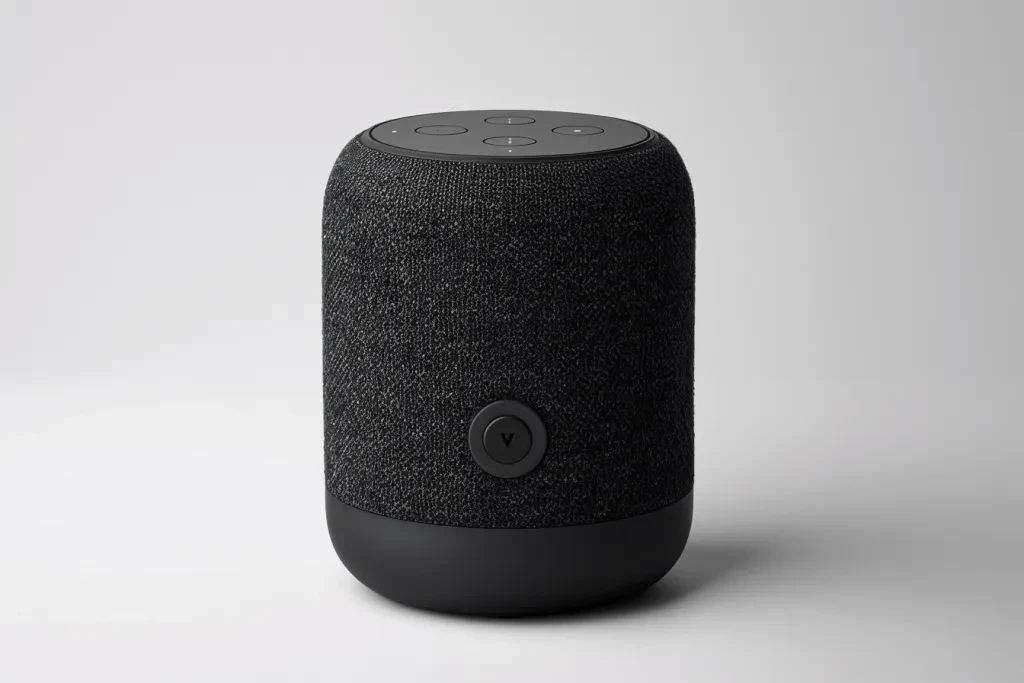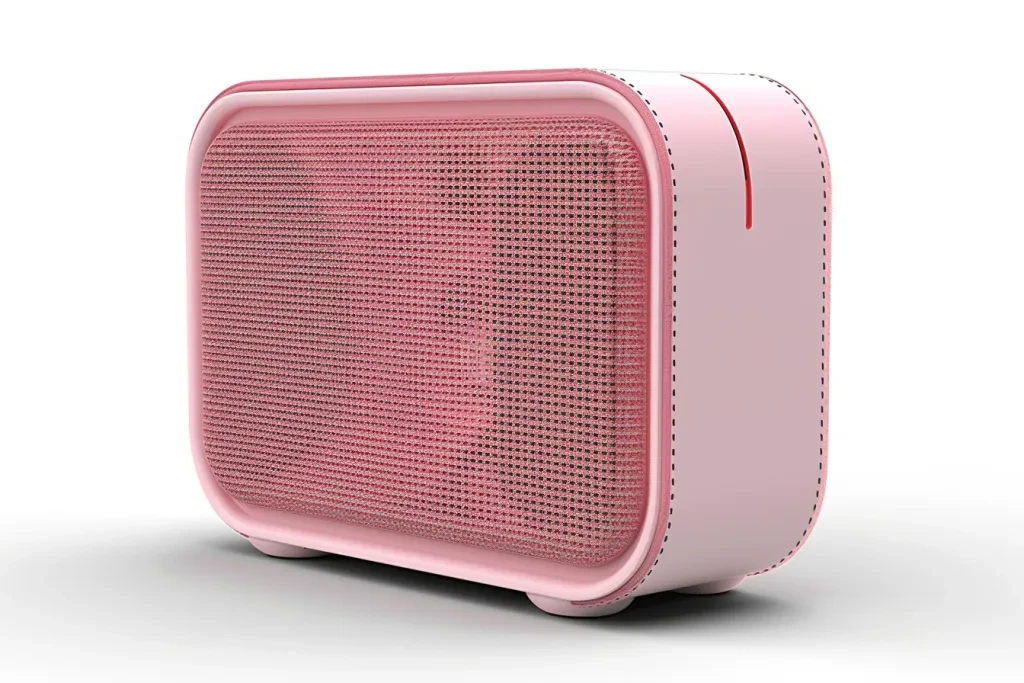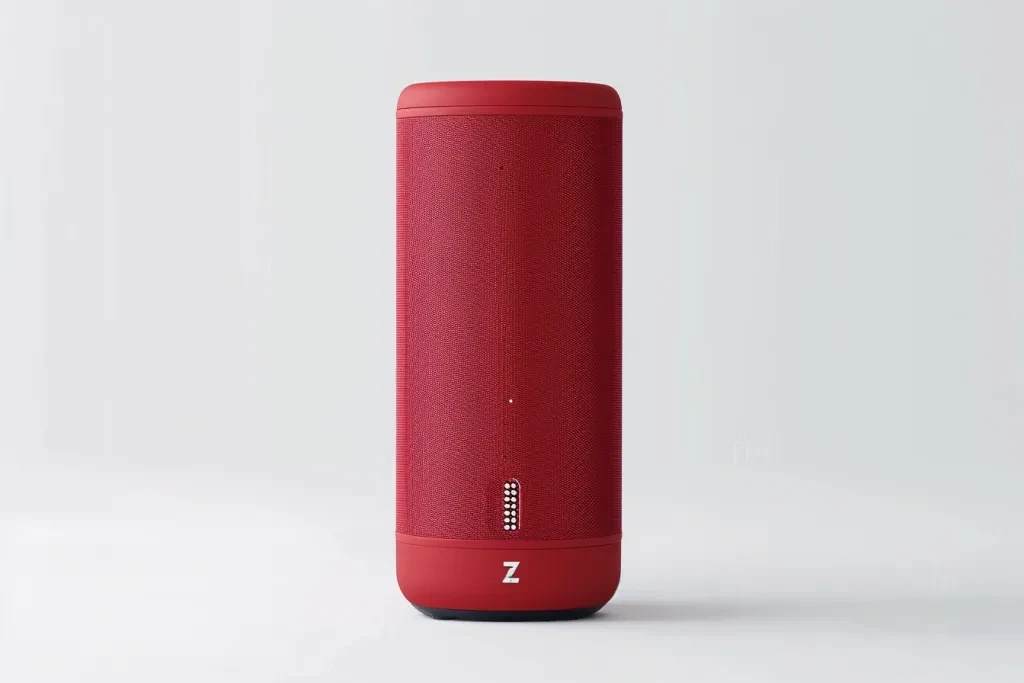In the ever-evolving world of consumer electronics, wireless Bluetooth speakers have emerged as a must-have for music enthusiasts and casual listeners alike. Offering a blend of portability, convenience, and high-quality sound, these devices have revolutionized the way we experience audio. This guide delves deep into the nuances of wireless Bluetooth speakers, from their operational mechanics to selecting the ideal model for your needs.
Table of Contents:
1. What is a wireless Bluetooth speaker?
2. How does a wireless Bluetooth speaker work?
3. Benefits and drawbacks of a wireless Bluetooth speaker
4. How to choose a wireless Bluetooth speaker
5. How to use a wireless Bluetooth speaker
What is a wireless Bluetooth speaker?

Wireless Bluetooth speakers are compact audio devices that allow you to play music or any audio content without the need for physical cables. By leveraging Bluetooth technology, these speakers can connect to a variety of sources, including smartphones, tablets, laptops, and more, to deliver sound wirelessly. Their design focuses on convenience and mobility, enabling users to enjoy their favorite tunes anywhere, from the comfort of their home to outdoor adventures.
Unlike traditional speakers that require a wired connection to an audio source, wireless Bluetooth speakers operate by pairing with devices over Bluetooth, a short-range wireless communication standard. This technology has seen widespread adoption due to its universal compatibility and ease of use. The speakers themselves come in various shapes, sizes, and power ranges, catering to a wide range of audio needs and preferences.
The evolution of wireless Bluetooth speakers has been marked by significant advancements in battery technology, sound quality, and durability. Modern speakers not only offer impressive audio output but also boast features such as waterproofing, long battery life, and integration with voice assistants, making them versatile companions for any audio-related activity.
How does a wireless Bluetooth speaker work?

At the heart of a wireless Bluetooth speaker is Bluetooth technology, which enables the wireless transmission of data over short distances. When you connect a Bluetooth speaker to a compatible device, the two establish a digital handshake, creating a secure, wireless link over which audio data can be transmitted. This process involves encoding and compressing the audio file on the source device, sending it to the speaker via Bluetooth, where it is then decoded, amplified, and converted into sound waves by the speaker’s drivers.
Bluetooth speakers rely on a combination of components to produce sound. The main elements include a Bluetooth receiver, a digital-to-analog converter (DAC), an amplifier, and the speaker drivers themselves. The DAC plays a crucial role by converting the received digital audio signal into an analog signal that the amplifier can boost to drive the speakers, creating the sound that reaches our ears.
Advancements in Bluetooth technology, such as the development of newer versions with improved data transmission rates and energy efficiency, have greatly enhanced the performance of wireless Bluetooth speakers. These improvements have allowed for higher audio quality, longer battery life, and greater range, making the listening experience more enjoyable and reliable.
Benefits and drawbacks of a wireless Bluetooth speaker

Wireless Bluetooth speakers offer a plethora of advantages, chief among them being portability and convenience. These devices allow users to listen to their favorite audio content anywhere, free from the constraints of cables and power outlets. Additionally, Bluetooth technology’s universal compatibility means these speakers can easily connect to a wide range of devices.
Another significant benefit is the variety of designs and features available. From compact, rugged models ideal for outdoor use to elegant, high-fidelity units designed for home audio systems, there’s a Bluetooth speaker to suit every need and taste. Many models also include additional functionalities, such as built-in microphones for hands-free calls, waterproofing for use in all weather conditions, and integration with smart home systems.
However, wireless Bluetooth speakers are not without their drawbacks. Audio quality can vary significantly between models, with some offering less-than-ideal sound reproduction compared to wired speakers. Additionally, the reliance on battery power means that these speakers need to be regularly charged, which can be inconvenient. The range of Bluetooth connectivity is also limited, typically around 30 feet, which can restrict mobility in some scenarios.
How to choose a wireless Bluetooth speaker

Selecting the right wireless Bluetooth speaker involves considering several key factors. Sound quality is paramount; look for speakers with a good balance of bass, midrange, and treble to ensure a rich and immersive audio experience. Battery life is another crucial aspect, as it determines how long you can enjoy music without needing a recharge. Aim for models with a battery life that suits your typical usage patterns.
Portability and durability are also important, especially if you plan to use the speaker outdoors or while traveling. Compact, rugged designs with waterproof or dustproof ratings are ideal for such scenarios. Additionally, consider the connectivity options offered, such as the ability to pair multiple speakers for stereo sound or the inclusion of auxiliary ports for wired connections.
Finally, think about any extra features that might enhance your listening experience, such as voice assistant integration, built-in microphones, or touch controls. While these features may increase the price, they can significantly add to the convenience and functionality of the speaker.
How to use a wireless Bluetooth speaker

Using a wireless Bluetooth speaker is generally straightforward. Start by ensuring the speaker is charged and powered on. Then, activate the Bluetooth function on your audio source device and put the speaker in pairing mode, usually done by pressing a dedicated button. Once the device discovers the speaker, select it from the list of available Bluetooth devices to establish a connection.
After successfully pairing, you can start playing audio through the speaker. Most models allow you to control playback directly from your source device or through controls on the speaker itself. To get the best sound quality, position the speaker at ear level and in an open space, avoiding corners or enclosed areas that might muffle the sound.
To maintain your speaker’s performance, keep it clean and dry, and recharge it regularly according to the manufacturer’s instructions. If you encounter connectivity issues, try resetting the Bluetooth connection or checking for firmware updates that might improve functionality.
Conclusion
Wireless Bluetooth speakers offer a convenient and flexible way to enjoy music and other audio content. By understanding how they work, the benefits and drawbacks, and what to look for when choosing one, you can find the perfect speaker to suit your needs. Whether you’re looking for a portable companion for outdoor adventures or a high-quality unit to enhance your home audio system, there’s a Bluetooth speaker out there for you.




